Results 2,391 to 2,400 of 12095
Thread: Anandtech News
-
11-22-12, 12:30 PM #2391
Anandtech: SandForce TRIM Issue & Corsair Force Series GS (240GB) Review
SandForce and TRIM—that has always been a tricky combination. SandForce SSDs have always behaved a bit differently when tortured and TRIM'ed due to their internal design. When a non-SandForce SSD is tortured, write speed degrades and sooner than later you will end up with a read-modify-write situation. SandForce, on the other hand, uses a real-time compression engine which minimizes NAND writes; thanks to that, write speed doesn't degrade when the drive is tortured with easily compressible data. However, in exchange, read speed is affected if the drive is tortured with compressible writes. Incompressible data will also push SandForce to a corner as it can't take advantage of compression, and that's a corner even TRIM can't pull the drive out of.
Quite a few new SandForce SSDs are using a newer 5.0.x firmware, which does not have a fully working TRIM. Some are still using 3.x.x firmware without the TRIM issue but if you have a SandForce SSD that was recently released, there is a good chance its TRIM is broken. To test the TRIM issue, we used Corsair's new Force GS SSD with firmware 5.0.2, and Corsair was also kind enough to send us the 5.0.3 firmware that supposedly fixes TRIM. Read on to find more about the TRIM issue and how Corsair's Force GS performs.

More...
-
11-22-12, 02:30 PM #2392
Anandtech: Patriot Gauntlet Node 320 Review: Wireless Storage for Tablets
One side effect of the current march towards ultramobility is the nearly complete abandonment of expandable/upgradeable local storage. No modern smartphone or tablet allows for upgradeable internal storage, and it's not exactly common to find microSD slots or USB ports on them either. This is particularly a problem if you're shopping with Apple, where expandable storage has never been a part of the iPhone or iPad. As a result, you're encouraged to buy enough storage to last you until the next upgrade - as well as rely heavily on cloud based storage and streaming services.
Huge amounts of high performance NAND can be pricey. Modern SSDs are finally below the $1/GB price point, which when applied to a tablet should mean that the difference between 16GB and 32GB of storage is no more than $20. The reality however is far worse. NAND costs even less than the ~$1/GB that we pay when buying an SSD, and manufacturers tend to charge anywhere from $50 for 16GB to $100 in the case of Apple. For lower cost devices there may not even be higher capacity versions. All of the sudden that simple solution of just buying as much storage as you need up front becomes a lot more complicated. If you take into consideration the fact that smartphones and tablets are quickly replaced with much better versions, there's a good chance that you'll want a new device before you run out of storage if you buy the largest capacity offered.
A number of players in the storage industry have recognized this problem and are attempting to find the perfect solution. Just like there's still movement in determining the best mobile form factor, there have been a lot of early attempts to get wireless external storage for mobile devices right. We covered some of these in the past (e.g. Kingston's WiDrive and Seagate's GoFlex Satellite) but more recently Patriot Memory threw its hat into the ring with the Gauntlet Node and the Gauntlet Node 320.

More...
-
11-22-12, 11:30 PM #2393
Anandtech: Fractal Design Node 304 mITX Case Review: Paving the Way to the Future
We've said it before but it bears repeating: desktop systems are getting smaller. ATX is becoming less and less necessary, and mini-ITX-based machines more and more offer the same performance and features that their bigger brothers do. That's just the direction of the technology industry as a whole, cramming everything we need into a space half as large. What's specific to cases is their own evolution running parallel with the technology we're putting into them.
Fractal Design's Node 304 is in many ways a surprising jump forward in case design. We've seen SilverStone, BitFenix, Lian Li, and Cooler Master all try their hands at mITX cases with varying degrees of success, but there's just no set design language when you get down this small. The conventions we take for granted in ATX case design don't really apply here, but Fractal Design has tried for something fairly different with the Node 304, even by mITX standards. Read on to find out where they've deviated from an already unpredictable design language.

More...
-
11-23-12, 05:00 AM #2394
Anandtech: Nexus 4 Includes Support for LTE on Band 4 (AWS)
I noted in my review of the LG/Google Nexus 4 that the device included hardware necessary for LTE on at least some of its bands, namely bands 1 (2100 MHz), 2 (1900 MHz), and 4 (AWS 1700/2100) based on what I saw in my teardown. Enabling LTE on a given device requires everything in the cellular chain to include support — the cellular baseband to support it must be present and loaded with the appropriate software, the transceiver must be the appropriate kind, and finally the right power amplifiers (PAs) have to be in place for the wider channel bandwidths that LTE brings (up to 20 MHz) over WCDMA  (5 MHz). 
In the case of the Nexus 4, the hardware includes the latest and greatest cellular hardware from Qualcomm with MDM9215M, its third generation 28nm Category 3 LTE multimode baseband, and a WTR1605L transceiver. I tore down the Nexus 4 to ascertain whether PAs were present that could work with LTE, and saw indeed that at least bands 4, 2, and 1 did have Avago power amplifiers (A5704, A5702, and ACPM–7251) which noted support for LTE. The remaining piece of the puzzle was software stack, both in Android and inside the version of the AMSS (Advanced Mobile Subscriber Software) running onboard MDM9215M.
Recently some Nexus 4 owners in Canada posted on XDA that they had working LTE support on Band 4 if they enabled the appropriate "Preferred Network Type" in the dropdown menu there. This menu is inside "Phone Info" which has been part of Android forever and can be accessed on almost every Android phone either by dialing *#*#4636#*#* (INFO) or using an app called Phone Info which launches that activity directly. 
Recently, Anritsu graciously loaned me an MD8475A signaling tester and LTE/WCDMA/CDMA2000 base station emulator for me to test and evaluate devices with. I tested the Nexus 4 on DC-HSPA+ for the review but didn't think to try testing LTE on the appropriate bands since Google and the FCC documents are both explicit about only WCDMA/GSM being present. I tested for LTE on all the bands that the Nexus 4 includes UMTS support for, starting with 5 MHz wide LTE channels. It appears that Nexus 4 only has support for LTE on Band 4 (AWS) with bandwidths up to 20 MHz in fact. I put together a table for easier parsing. If a band isn't listed, it isn't supported.
Because testing the 2x2 MIMO configuration requires cabling up the Nexus 4 to the antenna leads directly, and my LG-appropriate antenna connectors haven't arrived yet, I only can test with a 1x1 configuration. The Nexus 4 does include Rx diversity for every band, and thus it's entirely possible on Band 4 that users will see the full 2x2 MIMO rates (37 Mbps on 5 MHz, 73 on 10 MHz, 100 Mbps on 20 MHz), but I can't confirm it directly. For the 1x1 configuration I could test, however, I saw the expected ~75 Mbps on 20 MHz FDD LTE which is very close to the maximum of 75.376 as shown. Nexus 4 LTE Band Coverage E-UTRA (LTE) Band Number Commonly Known Frequency (MHz) Bandwidths Supported 1 2100 No Support 2 1900 No Support 4 1700/2100 5, 10, 20 MHz 5 850 No Support 8 900 No Support
Gallery: Nexus 4 Anritsu LTE Testing
The conclusion is that the Nexus 4 at present curiously includes the software profile on MDM9215M that enables support for LTE on Band 4 (AWS), and users only need to set the appropriate network type preference in Android to use it. None of the other bands that there are even power amplifiers for have LTE support, which is unfortunate for users in places where carriers aren't running LTE on AWS, such as the USA. For example, in the USA, AT&T previously discussed plans for LTE on Band 4 but has only rolled out LTE on Band 17 to date, and is rumored to be turning to refarming its PCS (1900 Band 2) and Cellular (850 Band 5) holdings for additional LTE capacity, perhaps in the stead of AWS. T-Mobile US however will use AWS for LTE. Nexus 4 LTE support is definitely unofficial (and somewhat surprising) at this point, but if you're lucky enough to be in a place where your carrier has rolled it out on Band 4, it's just a setting away.
Source: XDA Developers

More...
-
11-24-12, 11:30 PM #2395
Anandtech: Capsule Review: Rosewill's Illuminated Gaming Keyboard and RK-9000I Keyboa
One of the beautiful things about Rosewill's line of mechanical keyboards is that they're about as close to pure as you could conceivably get. They're not fancy, not tarted up by any stretch of the imagination, but instead simple, clean designs that afford the end user a tremendous amount of choice. Their basic RK-9000 series is available in four different varieties of Cherry MX switches, and today we round out our experiences with the different switches with the "special edition" RK-9000I with Cherry MX Blue switches and a white trim.
That said, if you want to go fancier, Rosewill has produced a remarkably stylish yet still fairly minimalistic keyboard in the form of the Illuminated Mechanical Gaming Keyboard, available with both Cherry MX Blue and Cherry MX Brown switches. This is a pricier product, but features mechanical switches and LED backlighting across the board along with a couple of other nifty features. At an MSRP of $119, though, it's contending with my personal favorite, the Corsair K90. Does Rosewill offer enough with this premium product, or did their reach exceed their grasp?

More...
-
11-26-12, 11:30 PM #2396
Anandtech: Nanoxia Deep Silence 1 Case Review: You Asked For It, You Got It
When I reviewed the BitFenix Ghost, some of you requested we take a look at the Nanoxia Deep Silence 1. Nanoxia isn't selling on American shores yet, but there's been a lot of buzz going around about this case, and Nanoxia has been steadily making inroads towards getting it into our hands. If you couldn't tell from the name, the Deep Silence 1 is designed for quiet, efficient running, and in many ways it looks like exactly the case I requested at the end of my review of the Ghost: same principles, just bigger and better.
As it turns out, Nanoxia wanted us to look at the Deep Silence 1 as well. I was initially reluctant as you can't actually buy it in the States yet, but hopefully this review will help change that. While the Deep Silence 1 isn't the grand slam some people make it out to be, it is very close, and demonstrates a real evolution in the way silent cases are designed. So what did this small German firm do with the Deep Silence 1 that makes it so different from other silent cases? A few things, as it turns out.

More...
-
11-27-12, 12:00 AM #2397
Anandtech: AMD Enduro Beta, Take Three!
We've been discussing AMD's Enduro 5.5 update for a few months now; when last we checked in, everything was almost in place...everything except fully optimized DX9 support. A little over a week ago, AMD posted one final (maybe?) beta release for Enduro laptops, and since we still have the AVADirect P170EM available we quickly ran it through our benchmarks one last time. (Note: the Enduro Beta is similar but not entirely the same as the Desktop/Mobile 12.11 Beta8 driver; we only tested a couple titles with the latter and saw lower performance, so we recommend the Enduro driver for Enduro enabled laptop users -- which makes sense, given the driver name.) Not a whole lot has changed, and some of the games even show minor drops -- basically margin of error stuff -- but let's just run the numbers.
For many of the games, we see only minor differences; in fact, of the fourteen tested games, only three show more than a 5% difference, but those three titles all show major improvements. Batman: Arkham City is the least impressive, clocking in 20% faster with the latest driver and basically matching the best results we've seen from the 7970M (the original 12.3 driver was still slightly faster at 61 FPS). Civilization V finally fixes the inexcusably poor performance from the 7970M and boosts frame rates by 50%. And finally, DiRT: Showdown also gets a major kick in the pants and is up 65% compared to the previous Enduro beta.
Overall, those three titles are enough to give an average performance increase of 7%, but really it's the difference between borderline playable and smooth performance in those specific games. The only game where we're still down a ways from the best result we've seen on 7970M is Portal 2; the DX9 Hotfix we tested still manages about 10% better performance than we're seeing with the 12.11 Beta8 Enduro driver
Looking at the big picture, the 7970M still can't max out details on every single title you're likely to play -- Sleeping Dogs and The Witcher 2 in particular are brutal, with Battlefield 3 and Guild Wars 2 also hovering closer to 30FPS than we'd like. Still, you're not going to get much faster should you opt for the NVIDIA GTX 680M at this point. Here's the latest breakdown of how the two top mobile GPUs compare:
NVIDIA still holds punishingly large leads in Borderlands 2, Diablo 3, and Portal 2 (57%, 113%, and 43% faster, respectively), which is what keeps the GTX in the overall lead by 15%. AMD on the other hand comes away with sizeable wins in DiRT: Showdown and Sniper Elite V2. The remaining games are all close to the 10% or less range, and if we discount the big wins we just listed, the nine other titles are basically a wash -- NVIDIA wins by 2.5%. But that's painting perhaps too rosy a picture for AMD.
The fact is, NVIDIA is still ahead on the drivers and support side of the equation. The latest Enduro driver certainly closes the gap, but NVIDIA has been better about getting updated mobile drivers out with support for new releases for two years now. I suspect if I were to go out and test Black Ops 2, Assassin's Creed 3, and Hitman Absolution, I'd be more likely to see additional large NVIDIA wins -- especially since I believe all three of those titles carry NVIDIA branding. If I get a chance, I'll try to confirm performance on those games, since all three are likely to be popular.
And that's really AMD's problem: they need to get better optimizations for more high profile games. I loved Deus Ex: Human Revolution, and the DiRT series has been pretty popular as well. Sleeping Dogs looks pretty cool, but I haven't had a chance to play it much so I can't really comment there. Sniper Elite V2 on the other hand has not received particularly high marks, and neither has Nexuiz. Basically, NVIDIA ends up with co-branding on more major releases than AMD, and with the latest talks about AMD sell offs and buy outs circulating on the net, it's difficult to imagine things changing for the better any time soon.
If you've already got an AMD-equipped laptop, the latest drivers are definitely worth a download. If you're on the fence, we're to the point where waiting for the next mobile GPUs (e.g. "8000M" and "700M") might be the way to go.

More...
-
11-27-12, 04:30 PM #2398
Anandtech: Iomega EZ Media & Backup Center Network Attached Hard Disk Review
The rise of powerful home networking solutions have led to the shift in consumer focus from DAS (Direct Attached Storage) units to NAS (Network Attached Storage) units in the home space. The NAS market has taken off in a big way over the last few years. Vendors now provide home consumers with NAS solutions ranging from simple network attached hard disks to multi-bay SMB / SOHO NAS units.
Recently, Iomega's NAS group approached us and introduced their offerings in this space. We had covered the launch of some members in the px2 and ix4 StorCenter lineups recently. Prior to getting our hands on one of those, Iomega offered to send us the Iomega EZ Media & Backup Center to get a feel of their LifeLine NAS operating system. It is not advertised as a full blown 1-bay NAS solution, but more as a network attached hard disk. Iomega stresses the personal cloud nature of the unit (after all, cloud is the hot keyword right now!) and provides smartphone apps to enhance this experience. Read on to find out how the Iomega EZ Media & Backup Center performs.

More...
-
11-27-12, 08:30 PM #2399
Anandtech: OCZ Vector (256GB) Review
Times are changing at OCZ. There's a new CEO at the helm, and the company is now focused on releasing fewer products but that have gone through more validation and testing than in years past. The hallmark aggressive nature that gave OCZ tremendous marketshare in the channel overstayed its welcome. The new OCZ is supposed to sincerely prioritize compatibility, reliability and general validation testing. Only time will tell if things have changed, but right off the bat there's a different aura surrounding my first encounter with OCZ's Vector SSD.
Gone are the handwritten notes that accompanied OCZ SSD samples in years past, replaced by a much more official looking letter:
Read on for our full review of OCZ's Vector SSD.
More...
-
11-28-12, 11:00 AM #2400
Anandtech: TRIM & RAID-0 SSD Arrays Work With Intel 6-Series Motherboards Too
A few months ago, Intel brought TRIM support to RAID-0 SSD arrays but limited it to its latest 7-series chipsets. As 7 and 6-series chipsets are very similar, there was no good explanation to why Intel didn't include support for 6-series chipsets other than forced feature differentiation and/or not wanting to go through a lengthy validation process on an older platform. We have covered the reasons why you should want TRIM in the past but the main benefits are obvious: more consistent performance and higher endurance. Limiting the support to only 7-series chipsets was a huge letdown.
Fortunately the Internet is full of extremely knowledgeable and ethusiastic people with the drive to look for unofficial solutions. AnandTech forum members Dufus and Fernando 1 have been able to modify the RAID OROM so that TRIM and RAID-0 SSD arrays now work with at least Z68 and P67 chipsets, both of which are unsupported by the official OROM. While the forum thread is already full of posts showing that the modification works, I wanted to try it myself and to see how smooth the process was.
Read on for my findings and complete instructions for the modification.

More...
Thread Information
Users Browsing this Thread
There are currently 8 users browsing this thread. (0 members and 8 guests)








 Quote
Quote
.jpg)
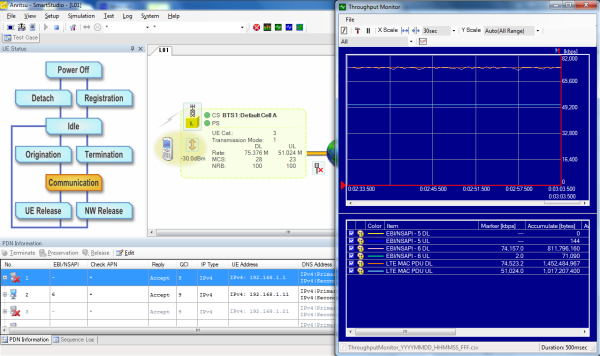
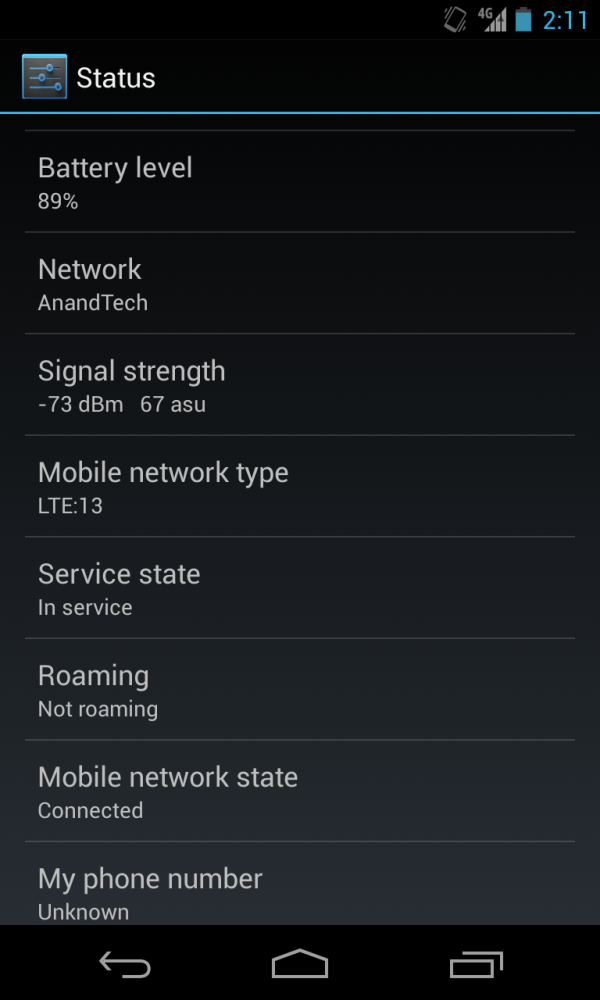
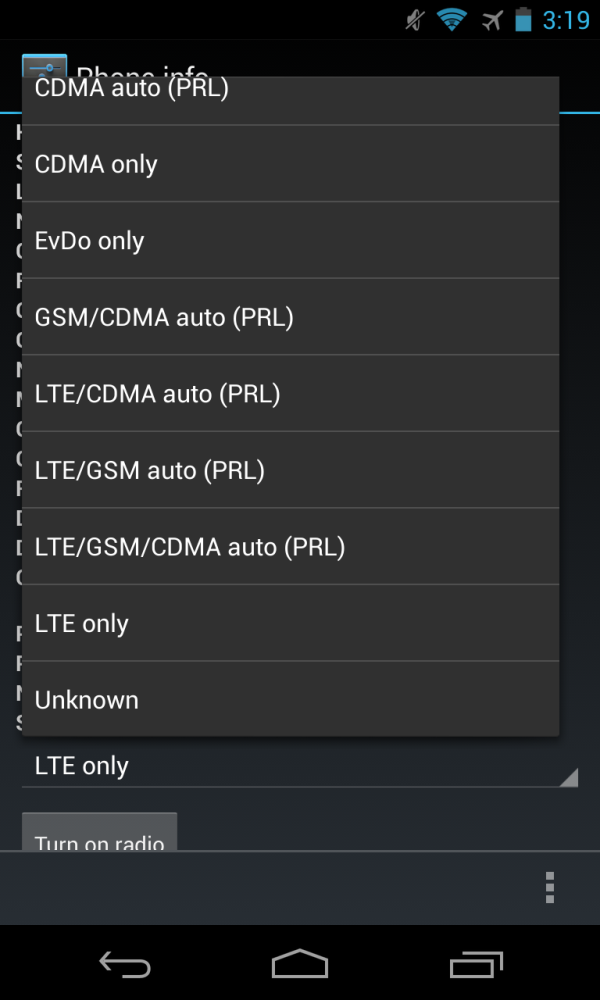
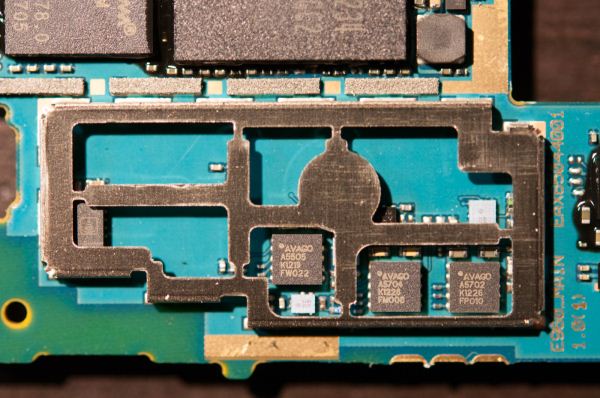






.jpg)
.jpg)
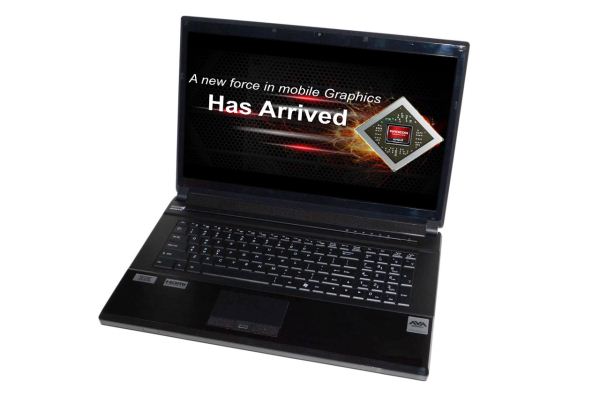
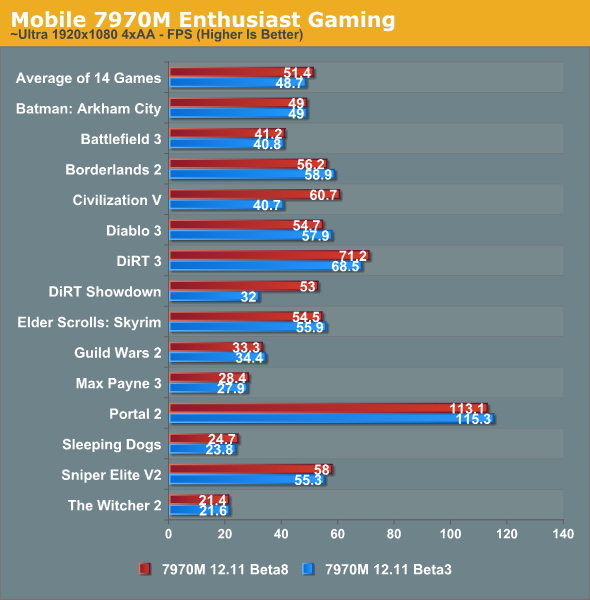

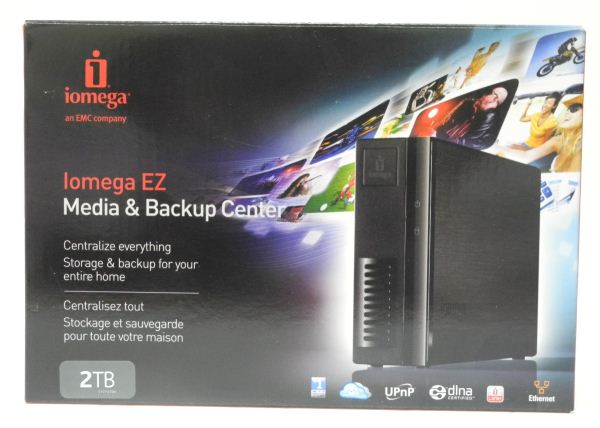
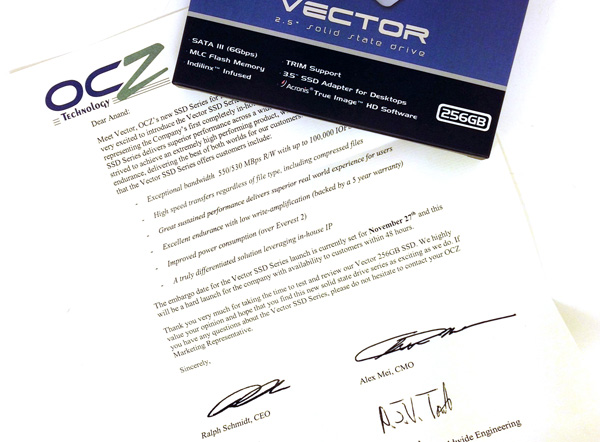
















Bookmarks